Advertisement
Top 10 Most Common Rashes and Their Symptoms
Advertisement
Skin rashes are not only discomforting but can also be a source of anxiety when they suddenly appear without a known cause. Whether they manifest as itchy, scaly, bumpy, or blistering patches, the specific characteristics of a rash can often help pinpoint its cause and inform effective treatment options. Here's a detailed look at some of the most common skin rashes, their symptoms, and how to manage them.
Rosacea: More Than Just Blushing
Rosacea is a common skin condition that primarily affects the face, leading to redness, pimples, and visible blood vessels. It often begins in middle age and may worsen with triggers like hot drinks, spicy foods, and emotional stress. While the exact cause of rosacea remains unknown, managing the condition typically involves identifying and avoiding personal triggers, using prescribed creams or medications, and in some cases, laser therapy.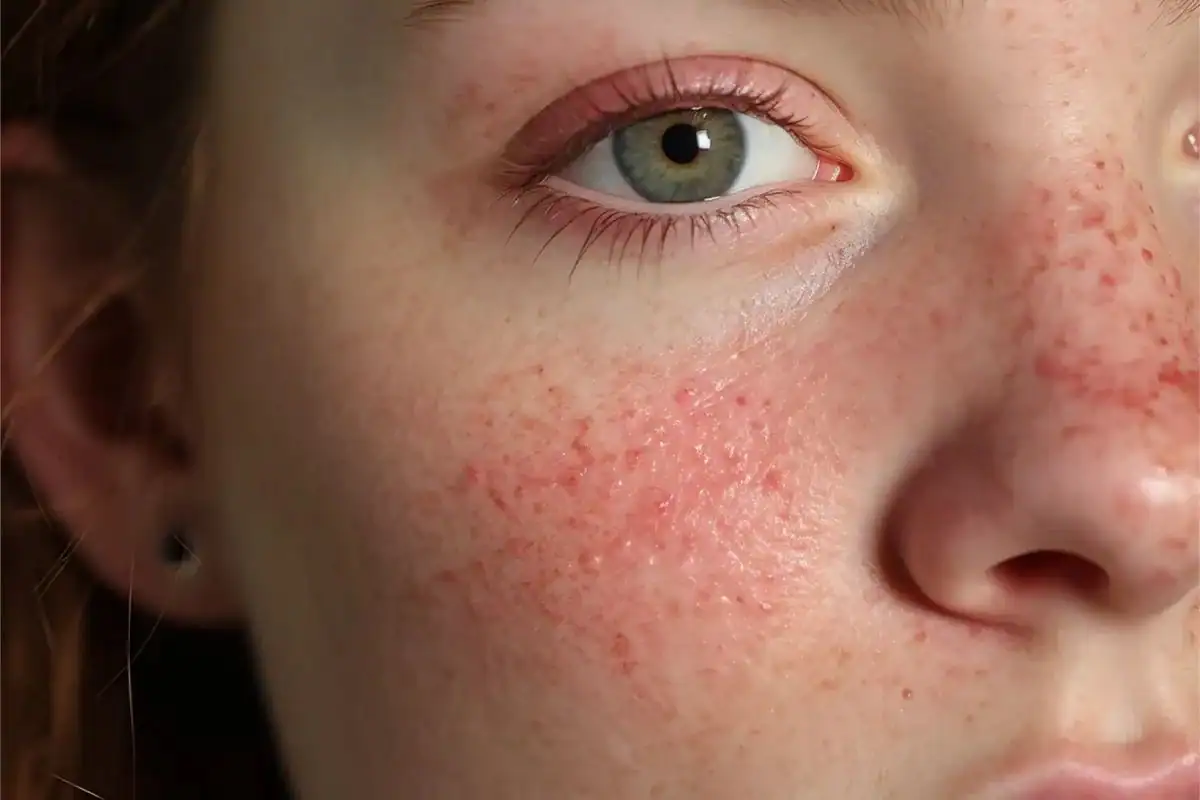
Advertisement
Lyme Disease from Tick Bites
Lyme disease, which can develop after a tick bite, often begins with a rash at the site of the bite. Known as erythema migrans, the rash gradually expands, sometimes clearing as it enlarges, which creates a bullseye pattern. Early diagnosis and treatment with antibiotics are crucial to prevent the disease from progressing to more serious stages.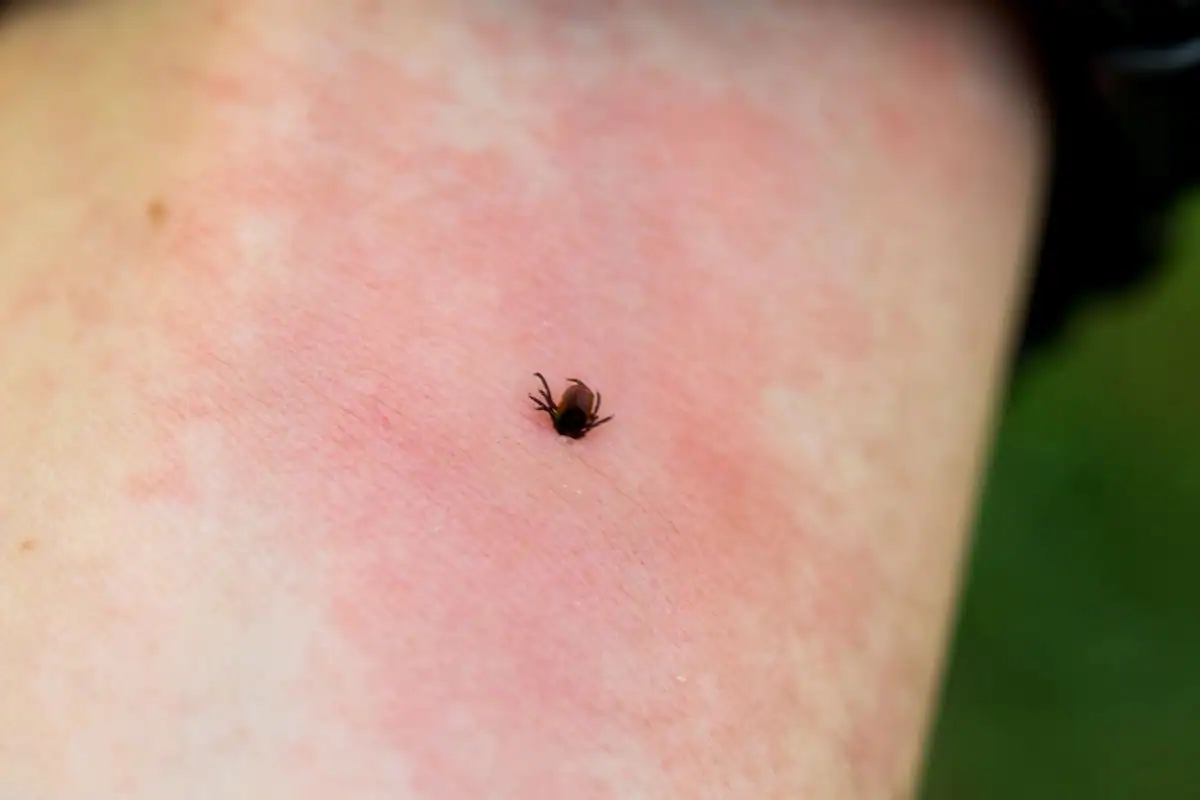
Advertisement
Hand, Foot, and Mouth Disease: Common in Children
This viral infection typically affects young children, causing a fever, sore throat, and a rash that includes blister-like sores on the hands, feet, and in the mouth. The rash can be painful, but it is not usually itchy. Treatment focuses on relieving symptoms, such as pain and fever, since the infection generally resolves on its own within a week or two.
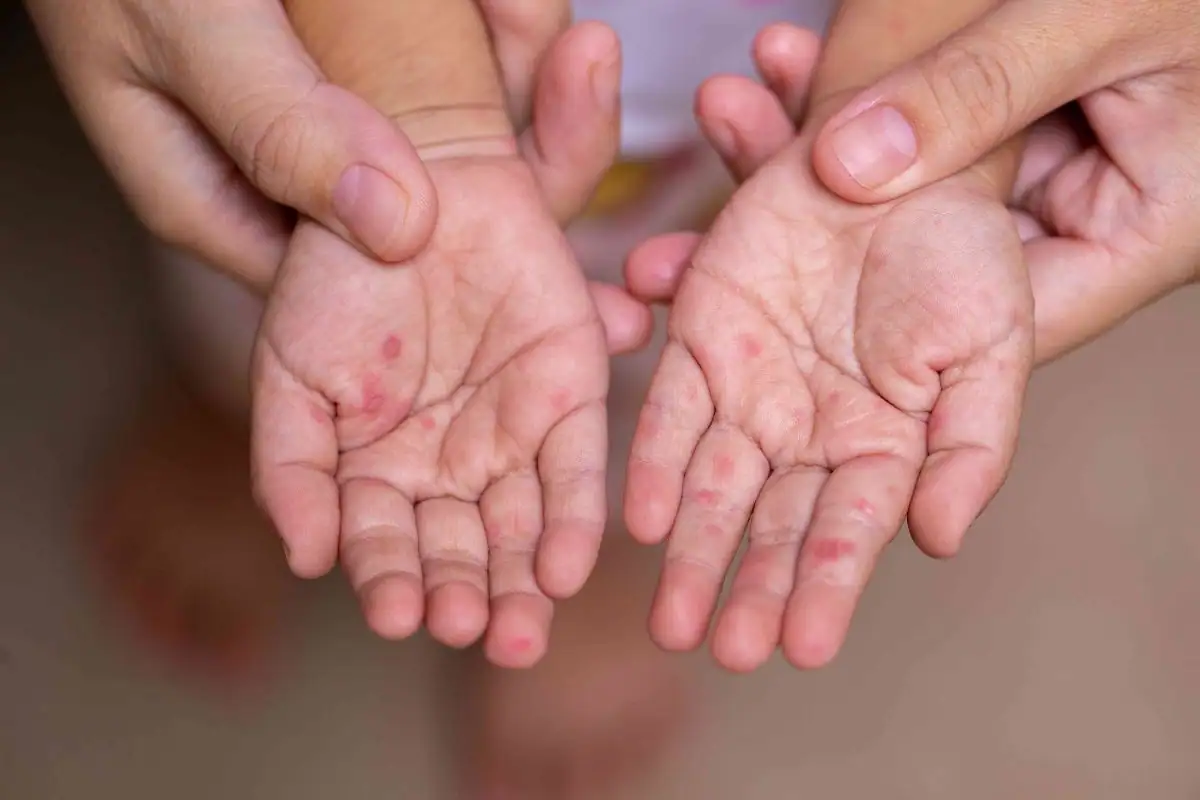
Advertisement
Eczema: A Persistent Skin Challenge
Eczema, also known as atopic dermatitis, is a chronic condition that shows up as dry, scaly, and itchy patches on the skin. These areas can become red and swollen, sometimes developing small, fluid-filled bumps that ooze when scratched. The exact cause of eczema is still under research, but it is known to run in families and can flare up due to various triggers, including harsh chemicals found in detergents, abrasive fabrics, stress, and even extreme temperatures. Managing eczema often involves moisturizing regularly, avoiding known irritants, and using prescribed medications during flare-ups.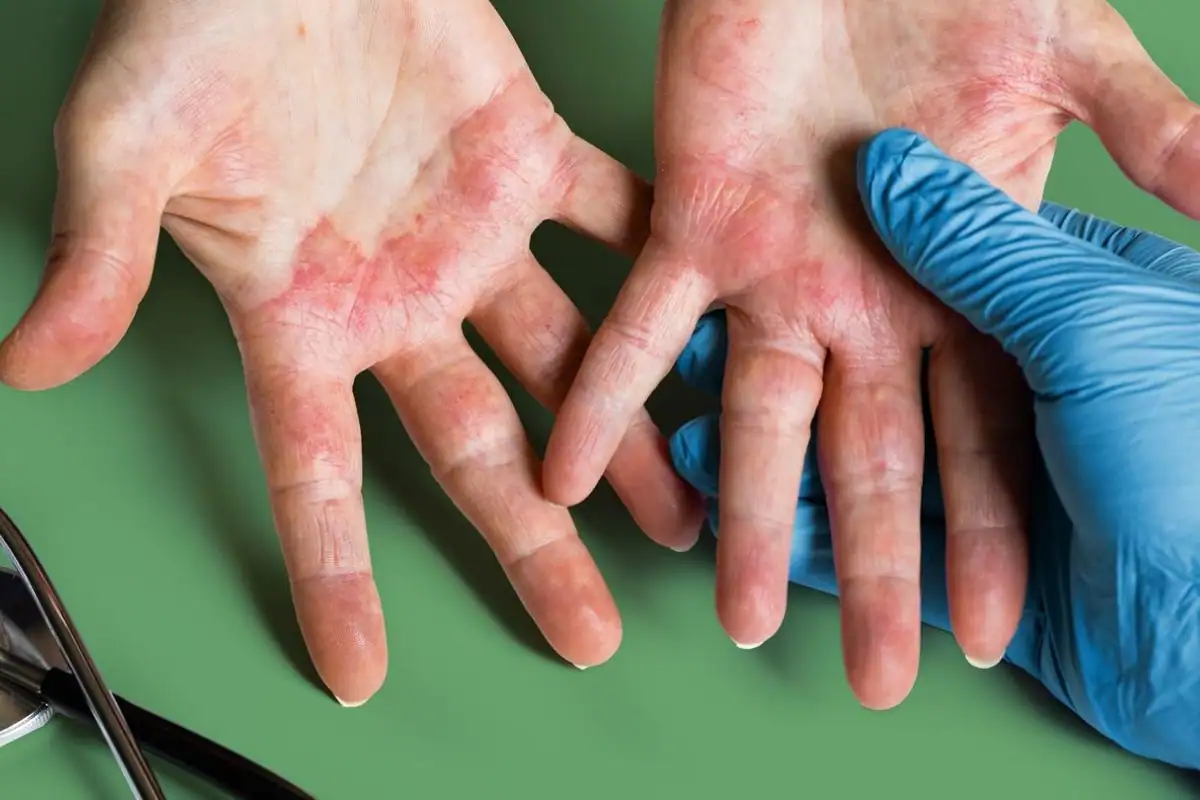
Advertisement
Shingles: A Reactivation of Chickenpox Virus
Shingles, caused by the varicella-zoster virus—the same virus that causes chickenpox—presents as a painful rash that usually appears as a stripe of blisters on one side of the body. It can be preceded by tingling or burning sensations in the area. The rash typically scabs over in 7 to 10 days and clears up within 2 to 4 weeks. Vaccination is available and effective in preventing shingles or reducing its severity if it does occur.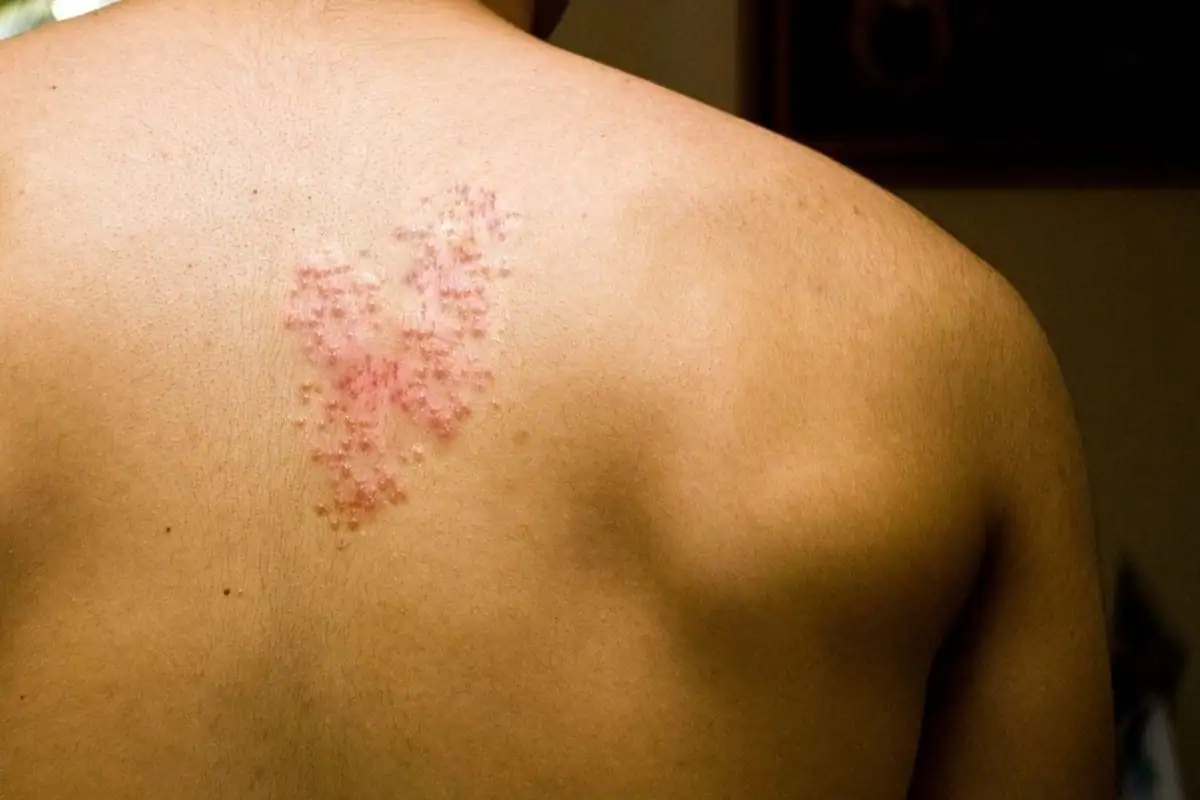
Advertisement
Measles: A Serious Viral Rash
The measles rash is a result of an infection with the measles virus, characterized by high fever, cough, and a spreading rash that starts on the face and progresses down the body. The rash initially appears as discrete red spots but may merge over time. Measles is highly contagious and can be prevented through vaccination, which is part of the routine childhood immunization schedule.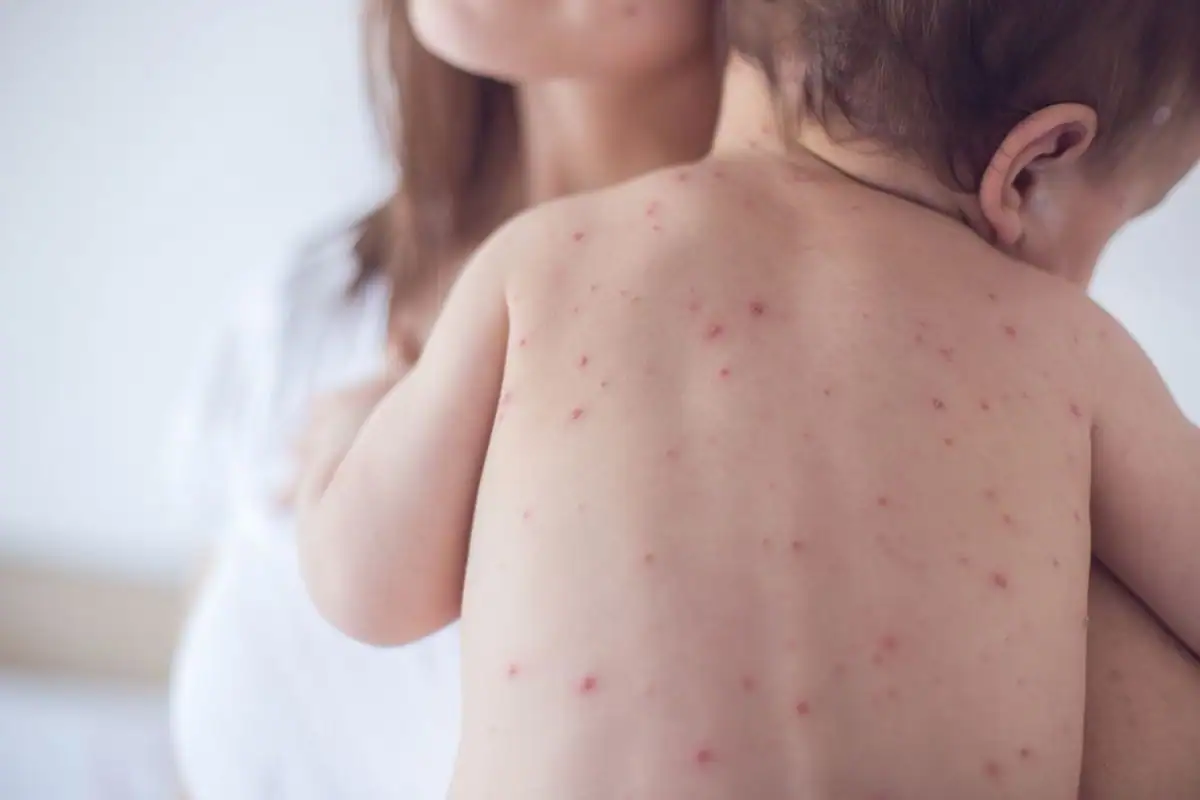
Advertisement
Ringworm: Not a Worm but a Fungus
Despite its misleading name, ringworm is caused by a fungal infection and characterized by a distinct ring-like rash that is red, itchy, and dry. It can affect various parts of the body, including the scalp, feet, and groin, and is highly contagious, spreading through direct contact with infected surfaces or skin. Treatment usually involves antifungal creams or medications, and it's important to keep the affected area clean and dry to prevent further spread.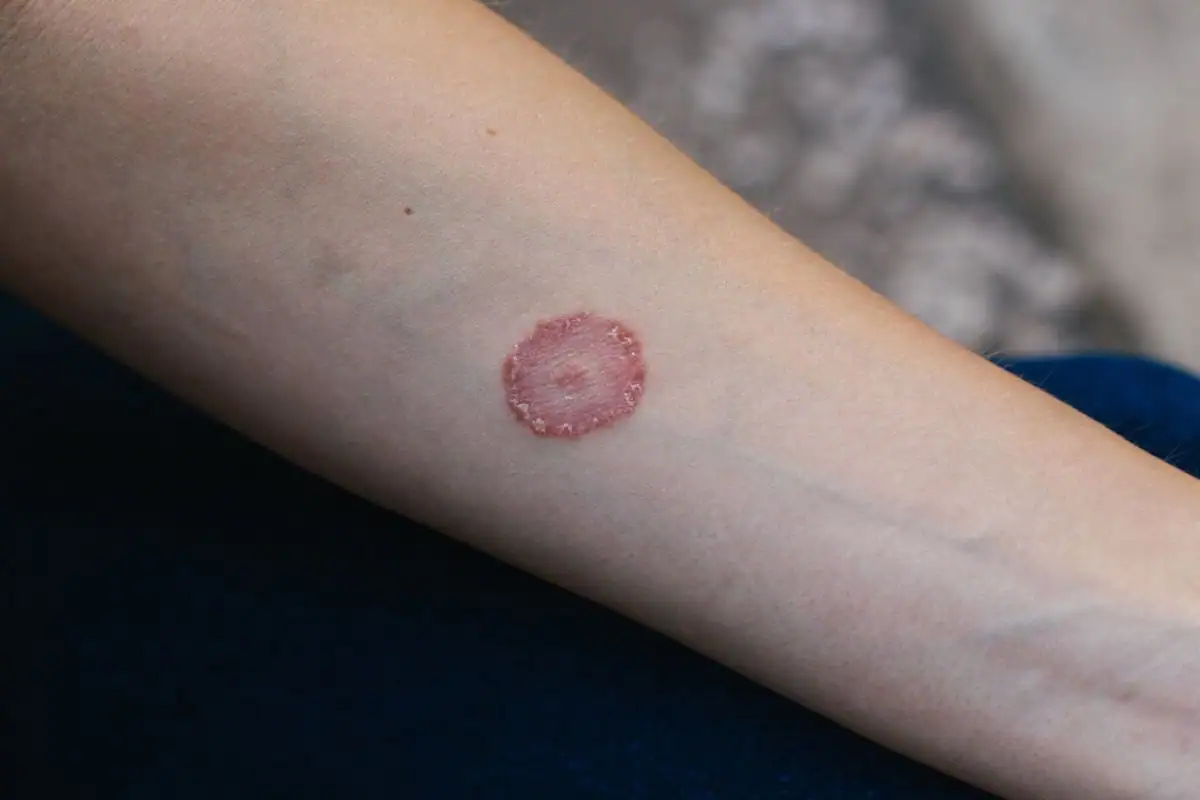
Advertisement
Hives: A Common Skin Reaction
Hives, or urticaria, appear as raised, red, itchy welts on the skin and can result from allergies, stress, or unknown causes. They can appear suddenly and disappear quickly, often changing shape. Chronic hives may persist for extended periods. Treatment might include antihistamines and, in severe cases, oral corticosteroids or other medications.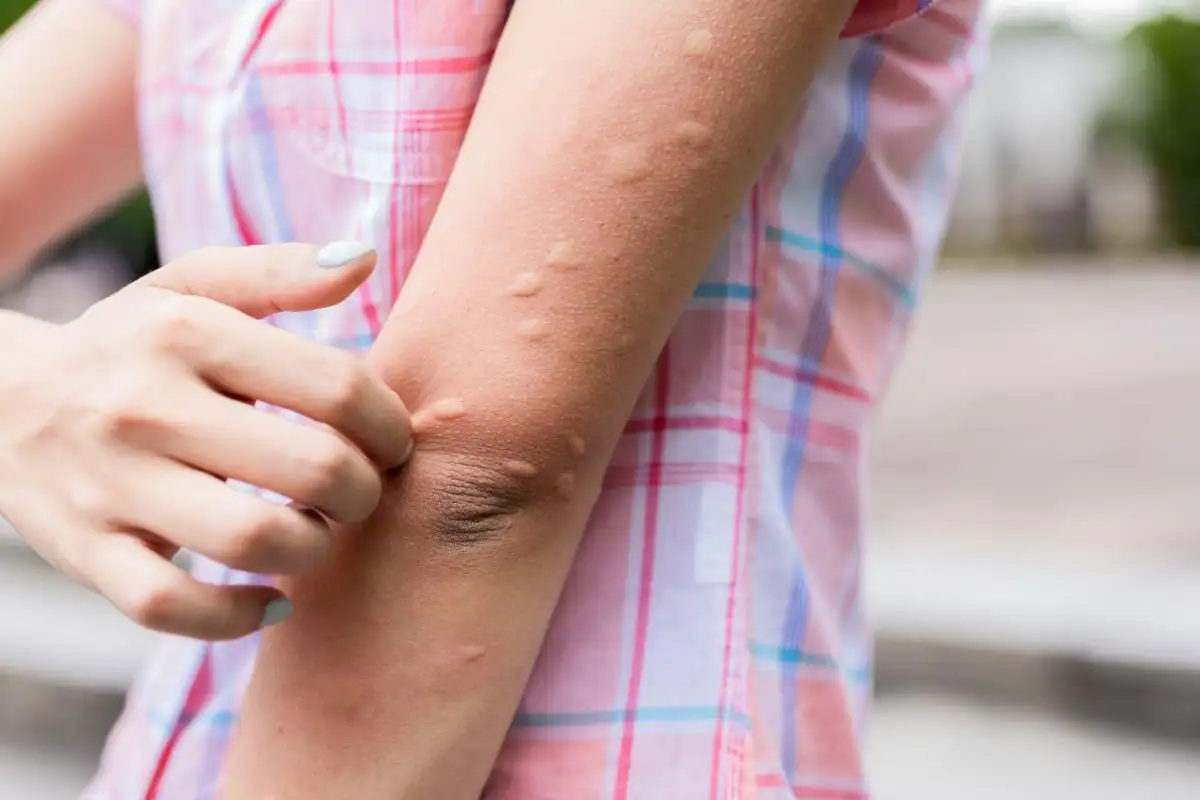
Advertisement
Allergic Contact Dermatitis: When Skin Reacts
This condition occurs when the skin comes into direct contact with an allergen, leading to an allergic reaction. Symptoms of allergic contact dermatitis include severe itchiness, and the rash itself may be red, raised, scaly, or even swollen. The appearance and location of the rash can vary depending on what part of the body was exposed to the allergen. Common triggers include nickel, rubber, certain cosmetics, and poison ivy. Treatment typically involves avoiding the allergen and applying topical steroids to reduce inflammation.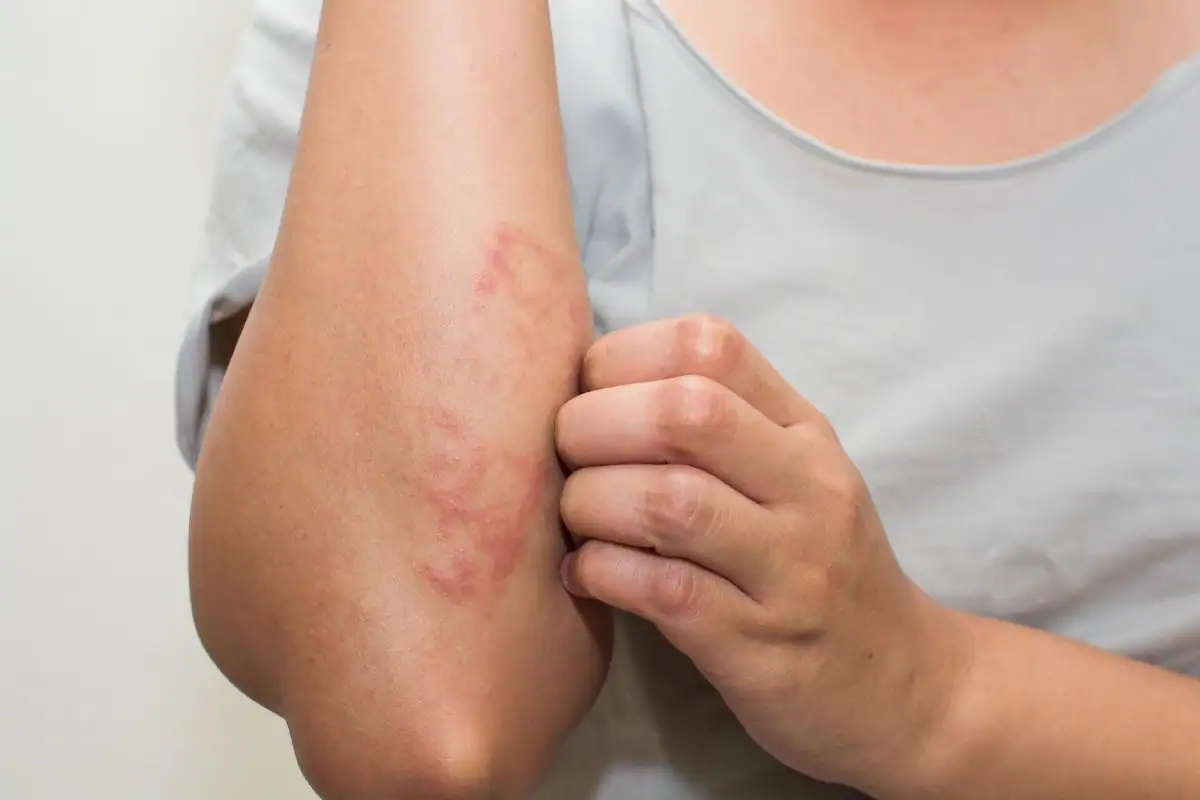
Advertisement
Psoriasis: An Autoimmune Skin Disorder
Psoriasis is a long-lasting, noncontagious autoimmune condition characterized by patches of abnormal skin. These patches are typically red, itchy, and scaly and can sometimes be painful. Psoriasis varies in severity and can come and go in cycles, flaring for a few weeks or months, then subsiding for a time. Treatments include topical treatments, phototherapy, and systemic medications.
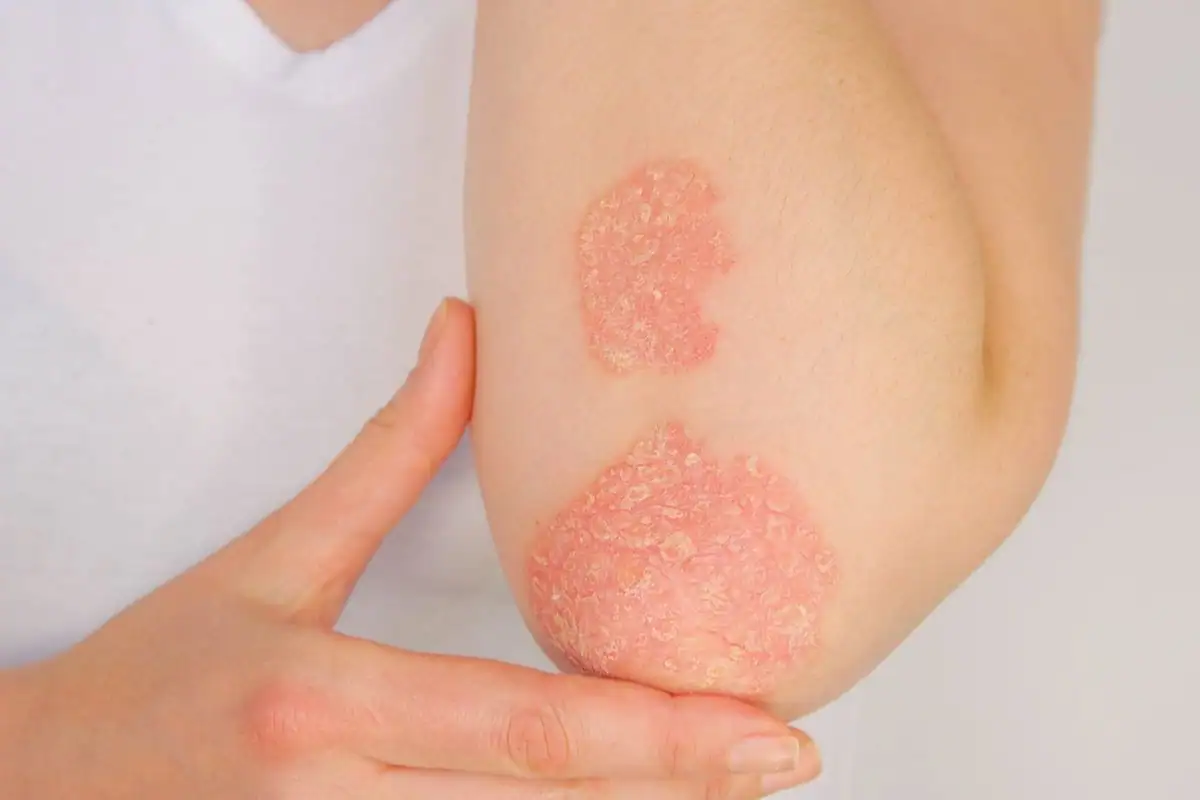
.png)




